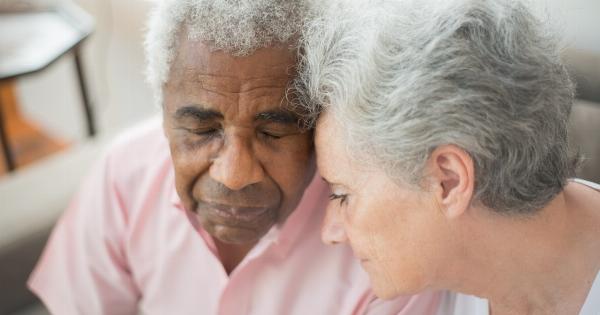The process of aging affects every aspect of our bodies, including our hair. As we age, our hair goes through various changes that can lead to hair loss. Understanding the science behind aging and hair loss is crucial in finding effective solutions.
In this article, we will take a pictorial journey through the science of aging and hair loss.
1. The Hair Growth Cycle
The first step in understanding hair loss is to familiarize ourselves with the hair growth cycle. Hair follicles go through a continuous cycle of growth, rest, and shedding.
On average, each hair follicle goes through this cycle for about 2 to 6 years before shedding and being replaced by a new hair.
2. Anagen Phase
The anagen phase is the active growth phase of the hair follicle. During this phase, cells in the hair follicle divide rapidly, pushing the hair shaft up and out of the scalp. This phase lasts anywhere from 2 to 6 years and is genetically determined.
The length of the anagen phase determines how long our hair can grow.
3. Catagen Phase
The catagen phase is a transitional phase that signifies the end of hair growth. During this short phase, the hair follicle detaches from the blood supply and stops producing new cells. The hair follicle then enters a rest phase.
4. Telogen Phase
The telogen phase is the resting phase of the hair follicle. During this phase, the old hair remains in the follicle while a new hair begins to grow underneath it.
This phase lasts for about 2 to 3 months before the old hair is shed and the new hair takes its place.
5. Hair Loss and Aging
As we age, several factors contribute to the increased likelihood of hair loss. One of the main factors is the shortening of the anagen phase, leading to shorter hair growth cycles. This results in thinning hair and a decrease in hair density.
6. Hormonal Changes
Hormonal changes also play a significant role in age-related hair loss. The hormone dihydrotestosterone (DHT) is derived from testosterone and can cause hair follicles to miniaturize.
This leads to the production of thinner, shorter, and less pigmented hairs.
7. Genetics
Genetics also influence the rate and pattern of hair loss. Male pattern baldness, known as androgenetic alopecia, is one of the most common forms of hair loss. It is characterized by a receding hairline and thinning at the crown of the head.
Female pattern baldness tends to be more diffuse, resulting in overall thinning of the hair.
8. Environmental Factors
Environmental factors, such as exposure to UV radiation, pollution, and harsh chemicals, can accelerate hair aging and contribute to hair loss. These factors can damage the hair follicles and impair their ability to produce and maintain healthy hair.
9. Lifestyle Choices
Our lifestyle choices also affect the health of our hair as we age. Poor nutrition, smoking, excessive alcohol consumption, and high levels of stress can all contribute to hair loss.
Adopting a healthy lifestyle, including a balanced diet and stress management techniques, can help promote healthy hair growth.
10. Treatment Options
While hair loss is a natural part of the aging process, there are various treatment options available to slow down or reverse its effects. These options include medications, hair transplant surgery, laser therapy, and topical treatments.
It is essential to consult with a healthcare professional or dermatologist to determine the most suitable treatment for individual needs.






























